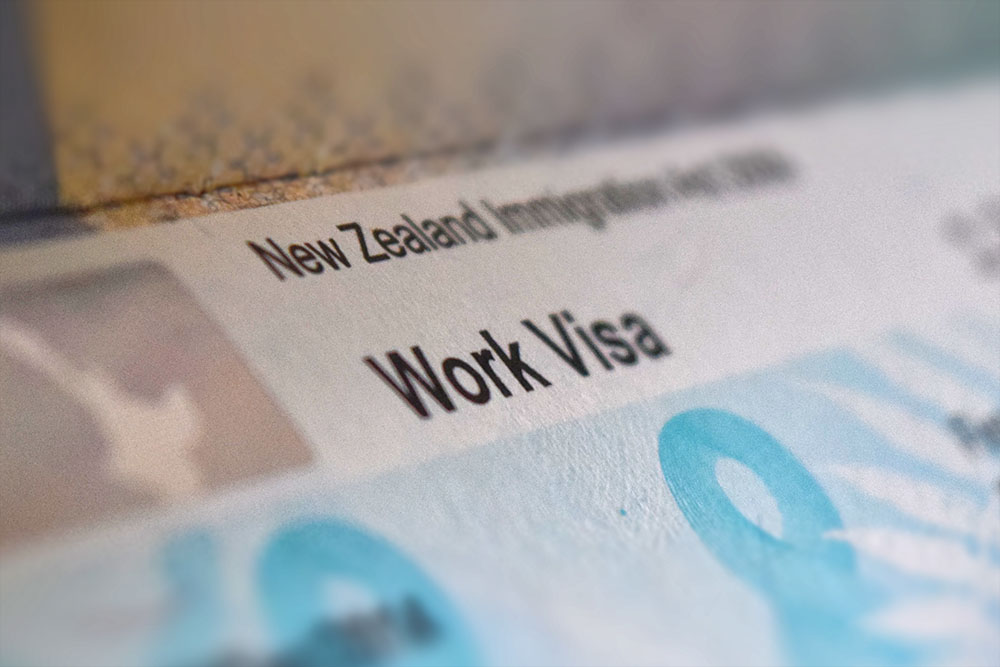Among all the noise about the NZ border closure, the separation of families, and the difficulties in getting into the country, some dramatic changes to Work Visa settings have sneaked up on us.
One Threshold to Rule Them All
Since August 2017, employer-assisted Work Visas have been defined as high-, mid- and lower-skilled according to the hourly salary you were being paid. They were also tied to the job classification under the Australia New Zealand Standard Classification of Occupations (ANZSCO).
The skill level affected the length of the visa, the way the labour market for that job had to be tested, and the visas people could get for their family. A highly paid engineer could get a 5-year visa, her partner would come in on an open Work Visa, and their children could go to school for free. A farm hand could only get 1-year visas at a time, for 3 years at most; and their family could only visit – not work or go to school.
From 27 July, a single dividing line comes in. ANZSCO is no longer relevant – that is, a poorly paid engineer will be treated as lower-skilled just because of the salary they get. Everything hangs on the hourly wage, either above or below $25.50 per hour which is currently the national median wage. Those above the line:
- get 3-year visas
- can bring partner or children in on Work and Student Visas
Those below the line:
- get 6-month visas at a time, for a maximum stay of 18 months – then they must stay away for 12 months
- can only support their family for Visitor Visas
- have to get the employer to list the job with WINZ
Ramifications
One thing that leaps out is the short duration of each visa for those below the median wage – 6 months. The rationale is that those being paid less are filling a very temporary space, which will soon be taken up by New Zealand workers including those returning from overseas.
I have a few things to say about that:
- Such short-term visas force migrants, and employers, to apply more frequently. This is going to tie up already overstretched visa processing resources. It is probably unsustainable and will lead to more of the sort of paralysis in the visa system that has prevailed since late 2018;
- The continual uncertainty for migrant workers, especially when their own country is probably in the grip of the worldwide pandemic, will spill over in mental health crises and social disruption, violence and substance abuse. It was already happening under the old scheme;
- The assumption that local people will beat down the doors to do those jobs is misplaced, in the case of many less attractive occupations like rest home care. The burden of keeping these essential employees on the books will fall on employers who are still trying to recover from the Lockdown.
One group that is going to be hit hard is those employees who currently earn between $21.68 and $25.49 per hour – that is, just under the median wage. There are probably a lot of them. Up till now, they could get 3-year Work Visas and bring partner and children on Work and Student Visas. When they go to renew their visas, they and their family will only get 6 months at a time. Their partner must stop working. Their children must stop going to school, or pay international school fees.
Their bosses will notice the difference too. Previously, if the job was a trade, technical or managerial role, the company could rely on showing that they had advertised in the normal way. In future, in order to keep their migrant staff on, they will have to list the job with the Ministry of Social Development every 6 months; and they may have to spend time assessing applicants referred to them by WINZ. Many employers have told us that this is often a fruitless exercise, as many job-seekers are unreliable, have a poor attitude to work, or have drug problems that make them unfit.
The changes described above are painted as a response to the seismic shifts in the economy and labour market brought about by the response to Covid-19. The supply of labour must be “flexible” to adapt to changing demand. All of this ignores what those of us in the industry have known, and said, for years – impeding the supply of migrants, either directly or indirectly, won’t magically solve New Zealand’s employment and skills shortages by plumbing the domestic market.
New Zealand needs migrants. It has needed them for a long time. It will still need them during the recession and recovery. And it will need them, perhaps more than ever, after Covid-19 has gone.
